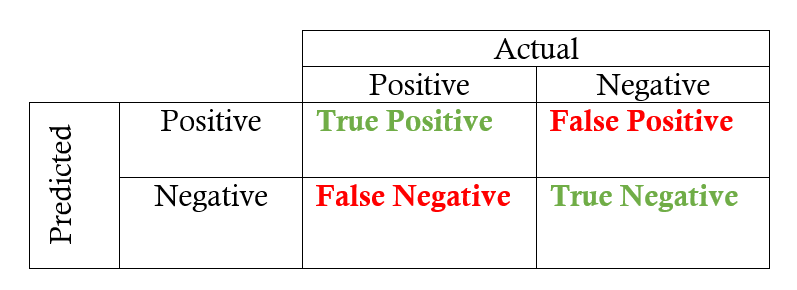TensorFlow version: 1.x - Date: Octobre 2018
Introduction
TensorFlow is a Machine Learning framework developed by Google Inc. It includes different binding : C++, Java, Golang, Python, Javascript ... Python API is the most used by developpers
Import
import tensorflow as tf
Module tf
Bring in all of the public TensorFlow interface.
#Classes:
tf.Graph() '''A TensorFlow computation, represented as a dataflow graph.'''
tf.device() '''A TensorFlow class to define the device (cpu/gpu) to use '''
tf.Operation() '''Represents a graph node that performs computation on tensors.'''
tf.Session()'''A class for running TensorFlow operations.'''
#Functions:
'''Returns x + y element-wise.'''
a = tf.add(x, y)
'''Return a tensor with the same shape and contents as input. (name: A name for the operation (optional))'''
b = tf.identity(a, name=None)
'''Returns the index with the largest value across axes of a tensor
example: for a 2D tensor, axis=1 refers to rows'''
c = tf.argmax(input, axis=None,name=None)
'''Computes square root of x element-wise.'''
d = tf.sqrt(x, name=None)
More functions are available on the following link : https://www.tensorflow.org/api_docs/python/tf
Module tf.data
This module contains different class used to manipulate data. Different files format are supported. It also introduces special classes fitted to TensorFlow for encoding/decoding data.
# Load the training data into two NumPy arrays, for example using `np.load()`.
with np.load("/var/data/training_data.npy") as data:
features = data["features"]
labels = data["labels"]
# Assume that each row of `features` corresponds to the same row as `labels`.
assert features.shape[0] == labels.shape[0]
dataset = tf.data.Dataset.from_tensor_slices((features, labels))
If you choose tfrecord format for encoding your data, you can use the following way to read (parse) your file(s):
# It accepts one or more filenames.
filenames = ["/var/data/file1.tfrecord", "/var/data/file2.tfrecord"]
dataset = tf.data.TFRecordDataset(filenames)
#Apply a transformation function to your data
dataset = dataset.map(func)
If your data is contained in text files, you can use the following way to read (parse) it:
# It accepts one or more filenames.
filenames = ["/var/data/file1.txt", "/var/data/file2.txt"]
dataset = tf.data.TextLineDataset(filenames)
In order to iterate over the dataset, TensorFlow provides the Iterator class:
# The returned iterator will be in an uninitialized state, and you must run the iterator.initializer operation before using it:
iterator = dataset.make_initializable_iterator()
tf.Session().run(iterator.initializer)
#Or use one_shot iterator that will be automatically initialized:
iterator = dataset.make_one_shot_iterator()

